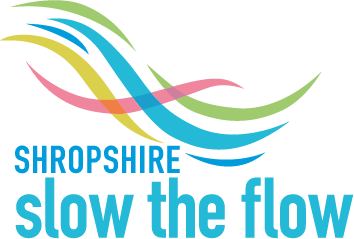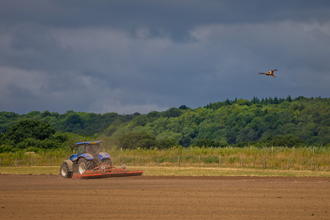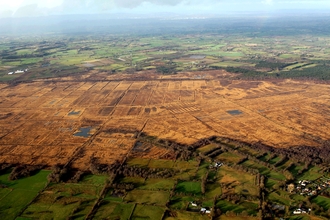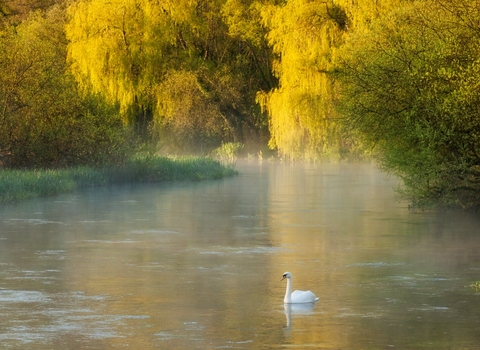What is Slow the Flow?
Natural flood management aims to reduce the downstream maximum water height of a flood (the flood peak) or to delay the arrival of the flood peak downstream, increasing the time available to prepare for floods. The myriad Slow the Flow items work together, helping to reduce flow rate in the valley, under storm events. This is achieved by restricting the progress of water through a catchment in 3 ways:
Increasing soil infiltration and allowing water to soak away.
Storing water by using natural features such as ponds, ditches or low lying land or by creating new ponds and areas to store water.
Slowing water by increasing resistance to flow. For example, by planting trees on the floodplain or constructing “leaky dams” in channels.
What is a “leaky dam”?
Leaky dams form naturally when large sections of trees fall into and across the channel. These large pieces of wood start to gather smaller sticks and leaves which allows some water through, but holds back some of the water in the stream during high flows.
We can mimic nature by building leaky dams using locally sourced wood. The leaky dams can be pinned in place or dug into the bank to ensure they don't move around in high flows. Building a series of dams along a section of stream increases the effectiveness of the dams.
Woody debris helps to create pools and riffles, providing a variety of habitats for fish and aquatic insects and attracts mammals and birds. Importantly leaky dams can slow the movement of silt and sediment downstream. Silt can increase flood risk by reducing the amount of space for water in a channel.
What's happening in Shropshire?

We are working in collaboration with Shropshire Council on the Slow the Flow project. This year, we have run a field aeration demonstration event for farmers, and we are currently working with our partners, farmers and land managers in the Corve Dale to produce maps detailing the different habitats, land uses and drainage issues.
River habitat surveys have been conducted in the hot-spots, and opportunities whittled down to where we can best work with nature to help slow the flow. Various projects are now underway, including: hedge-planting, field aeration and installation of leaky dams and seepage barriers. Field aeration in pastures has the mutual benefit of reinvigorating the grass whilst improving water infiltration.
The next phase of the project is likely to include monitoring of these items, to provide data and feed back, enabling us to share best practice. Monitoring will potentially include soil infiltration tests, dipwell pipes, data loggers and time-lapse cameras.
Contact
If you would like to know more about the Shropshire Slow the Flow project please contact Luke Neal via email at LukeN@ShropshireWildlifeTrust.org.uk
Further Resources
- Watercourse Maintenance Guide for Landowners in Shropshire
- How we assess risk when installing Leaky Woody Structures
- Research & webinars via the Natural Flood Management Research Programme
- The impressive power of water: a viral video from the Yorkshire Dales Rivers Trust demonstrates how rapidly a dry river bed can turn back into a river from a remote cloudburst
- Natural Flood Management in the Stroud Valleys, Gloucestershire
- plus; a more technical video describing details of natural flood management from Stroud District Council. (Thanks to the Stroud Rural Sustainable Drainage Project for making these videos available.)
Slow the Flow (https://www.youtube.com/watch?v=YPd4pZZARHk)
A You tube talk by Luke Neal about the Slow the Flow project
Luke Neal presents a talk on our work to help reduce flooding through natural measures and systems.









